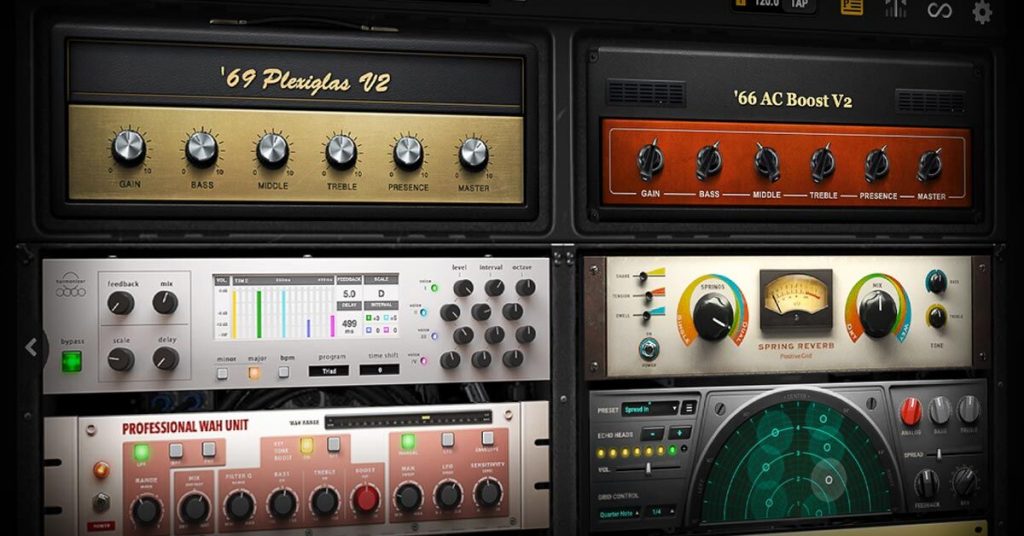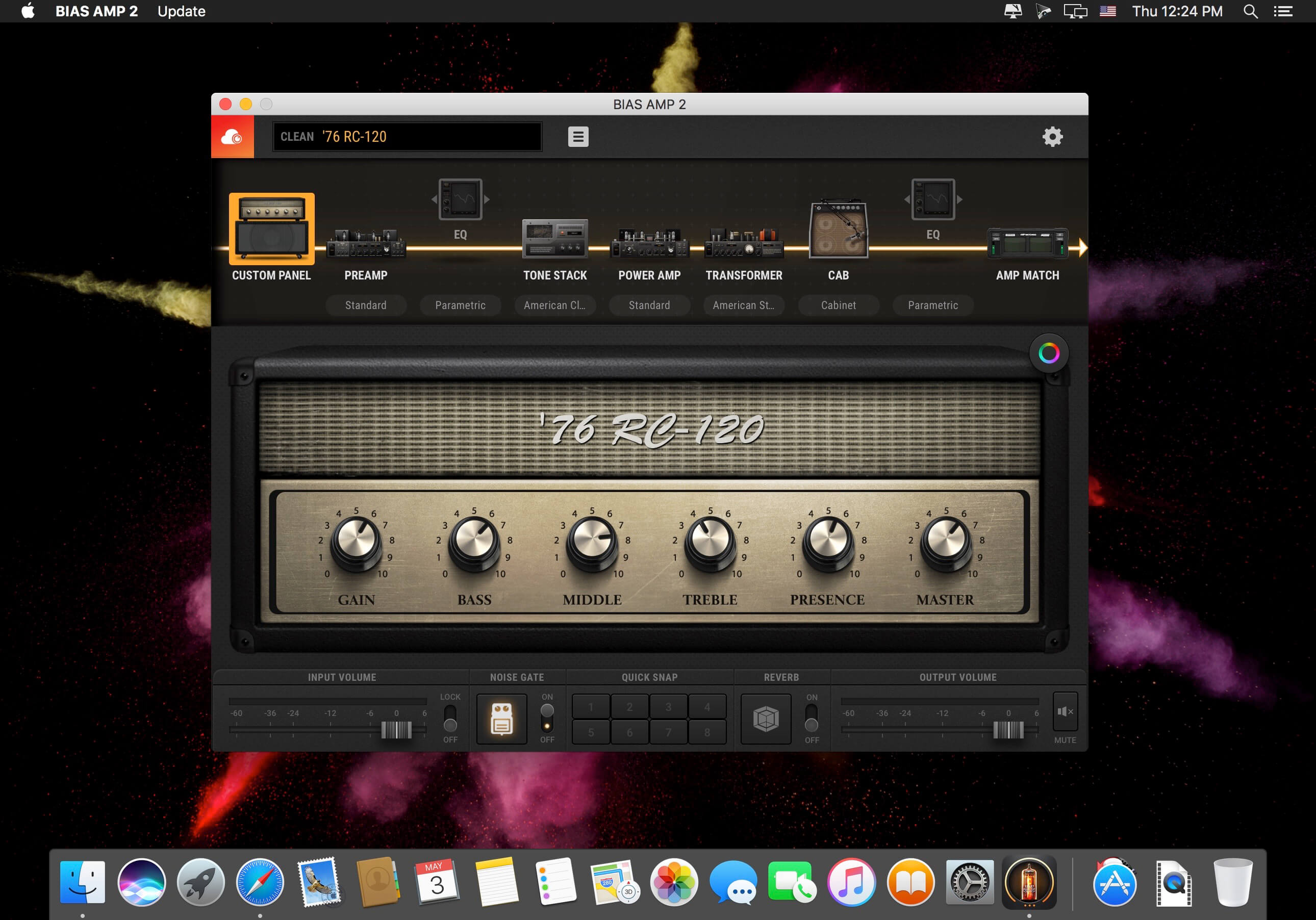

- #How to make an ir with bias amp pro how to#
- #How to make an ir with bias amp pro pro#
- #How to make an ir with bias amp pro software#
For my example I didn’t use any of either. Lastly, apply EQ and reverb as appropriate. Remember, it’s always better to remove bad stuff than trying to boost good stuff. Instead of applying high and low passes with EQ I usually use the built in filters in the cab loader, removing anything lower than 70 Hz and anything higher than 11 kHz. I’ve set up two identical cabs for right and left (again, that’s the master class).

I’ve kept most settings pretty default, but I’ve boosted the mids slightly along with presence and contour. I could probably go lower still… I’ve set it for high quality and stereo (since I use a single bus for both guitar tracks – but thats the advanced class). I’m using the red channel (high gain) and I’ve rolled down the gain a bit. It’s tighter than the Lecto and a little less fizzy in the higher registers. I’m using Legion, which unlike most other amp sims, isn’t actually based on a real amp (it’s LePou’s own brainchild). Turn the tone to your liking, I usually leave it flat in the middle. This way the TS will push the signal without distorting it. The photo was captured under the dark skies of the Cherry Springs Star Party in 2018.
#How to make an ir with bias amp pro pro#
This photo of the Trifid Nebula was captured using the ZWO ASI294MC Pro with a Luminance filter (IR Cut) in front of the sensor. Turn gain all the way down to zero and level to max. Here is a taste of what the ASI294MC Pro can do: The Trifid Nebula using a Luminance Filter with the ASI294 MC Pro. Make sure it’s set to high quality/high multiple oversampling. Starting with one of the tracks, add the TubeScreamer sim to the FX chain. Pan the two tracks completely left and right respectively. Hands onĬreate two tracks, one for each guitar take. This makes the guitar sound fill out the stereo space, making the sound much bigger and leaving space in the middle for other instruments and guitar leads. Two identical takes (or – as similar as I can get them) panned completely left and right. It’s much better to use an overdrive in front to get a tighter sound from the amp than cranking up the gain, since amp sims usually get fizzier and generate artifacts compared to a physical tube amp.
#How to make an ir with bias amp pro software#
The biggest trick in getting a great guitar tone from any digital amplifier software is not to use too much gain. The closer they are the better, but you can’t use the same recording twice by just duplicating one take. Two good dry guitar recordings of the same rhythm parts.A tubescreamer simulator plugin, such as TS-999.An impulse loader plugin, such as LePou’s LeCab2.An speaker cabinet impulse file, such as one of Catharsis impulses.

#How to make an ir with bias amp pro how to#
Here’s how to get a great guitar tone! What you need A drawback is that an amp sim not properly tuned can generate digital artifacts giving away that it’s not a perfectly recorded physical amplifier. The benefits are many, you can tweak your sound endlessly, switch between different amp sims trying to find the best tone for your song. Using software amplification simulators, or amp sims for short, is becoming increasingly popular.


 0 kommentar(er)
0 kommentar(er)
